For architecture enthusiasts, exploring a city on foot reveals stories that vehicles simply speed past. The subtle details of a building façade, the thoughtful urban planning decisions, and the evolutionary layers of architectural history become accessible only when experienced at walking pace.
These specialized tours offer more than just facts—they provide context, insider knowledge, and access to spaces typically closed to the public. Here is a list of 15 cities offering walking tours that will satisfy even the most dedicated architecture aficionados.
Barcelona’s Modernisme Trail
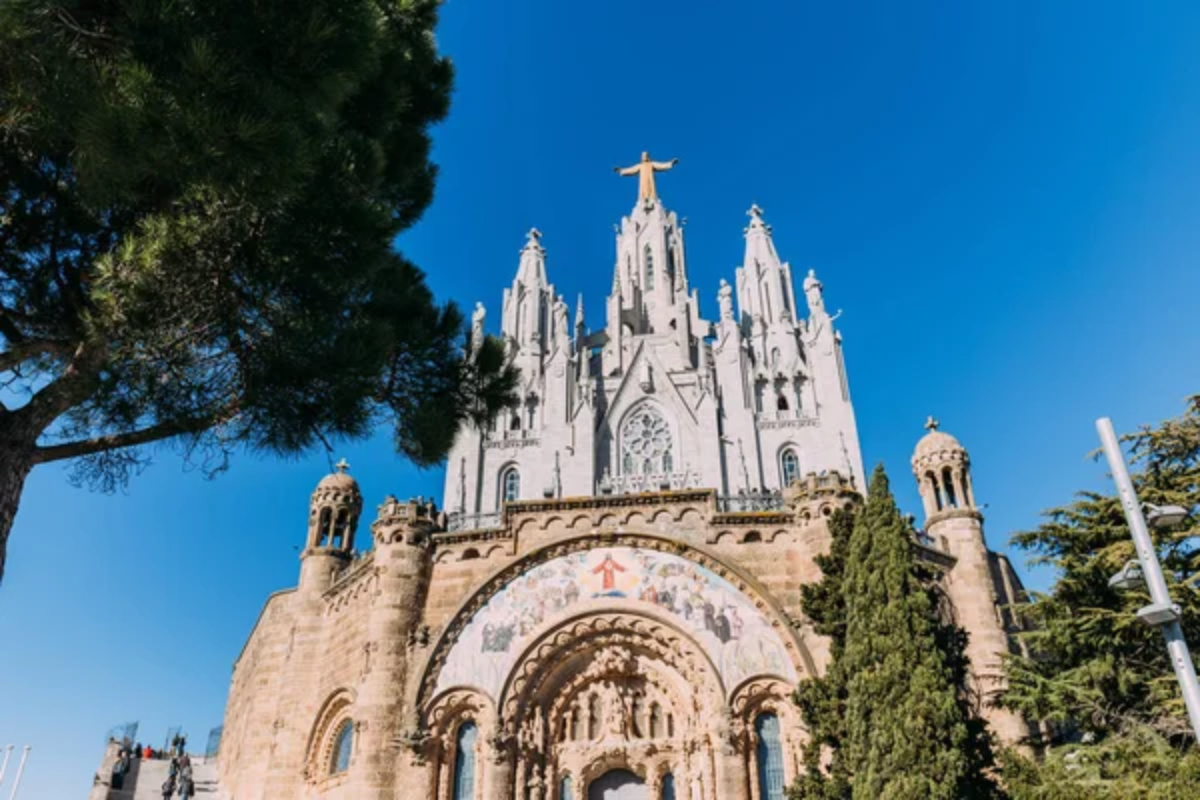
Beyond the well-trodden path to Gaudí’s masterpieces lies a deeper exploration of Catalan Modernisme led by practicing architects from local universities. These specialized tours venture into normally inaccessible residential lobbies of lesser-known yet equally impressive buildings by architects like Domènech i Montaner and Puig i Cadafalch.
The guides carry historical photographs showing their original context, revealing how the urban landscape has evolved around them. Participants gain insight into the philosophical and political underpinnings of this distinctly Catalan movement while learning to identify the characteristic organic motifs and innovative structural approaches that defined the era.
Chicago’s Skyscraper Evolution
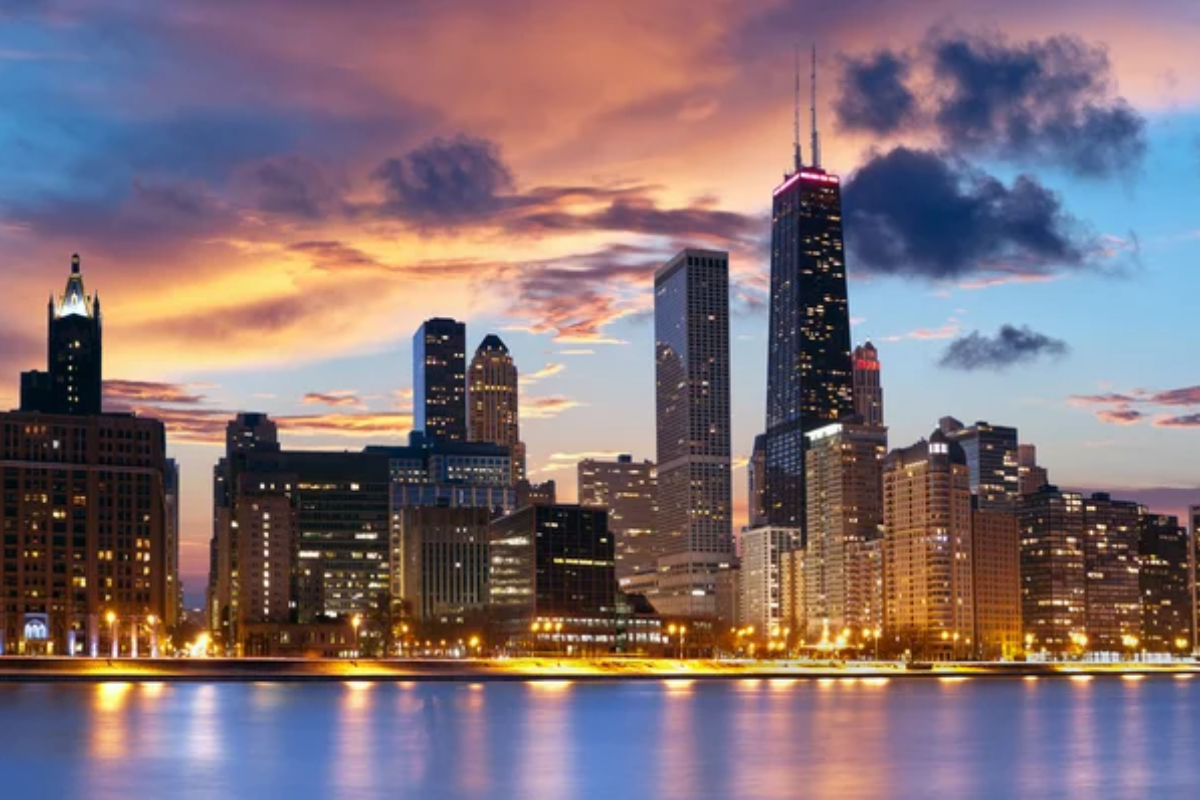
The birthplace of the modern skyscraper offers an unparalleled chronological journey through architectural innovation led by docents from the Chicago Architecture Center. This tour traces the evolution of tall buildings from early iron-framed structures to contemporary supertalls, explaining how each technological breakthroughs enabled greater heights and different aesthetic approaches.
Participants have access to several historic lobbies while learning to identify distinct styles from Chicago School to International Style to Postmodernism. The guides discuss how specific buildings responded to zoning regulations, economic pressures, and changing cultural attitudes toward urban development across more than a century of vertical growth.
Like Travel Pug’s content? Follow us on MSN.
Kyoto’s Traditional Carpentry Tour
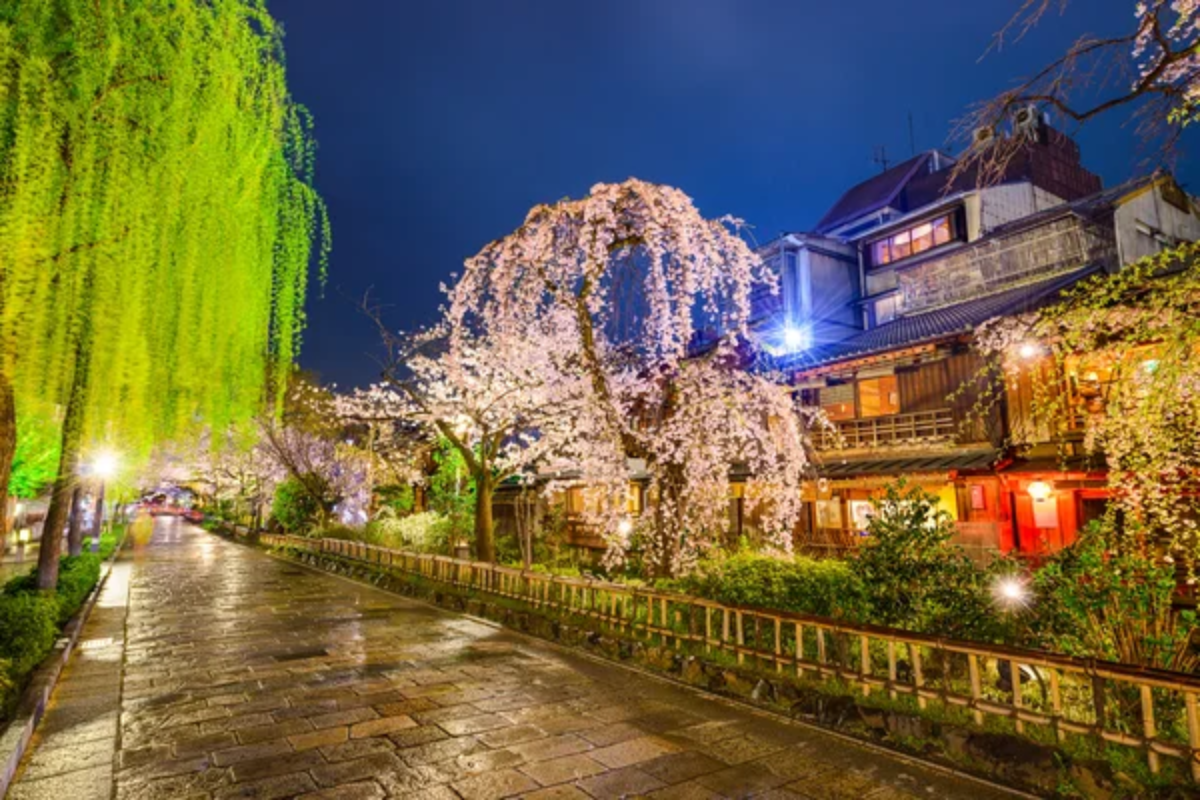
Led by master carpenters from multigenerational workshop families, this specialized tour explores Japanese wooden architecture through a craftsman’s perspective rather than purely academic analysis. Participants visit both famous temples and hidden residential structures while learning about the joinery techniques that allow these buildings to stand for centuries without nails.
The guides demonstrate traditional tools and explain how specific wood species are selected for different architectural elements. The tour culminates with access to an active restoration project where visitors can observe ancient techniques being applied to preserve cultural heritage for future generations.
Miami’s Art Deco District Deep Dive
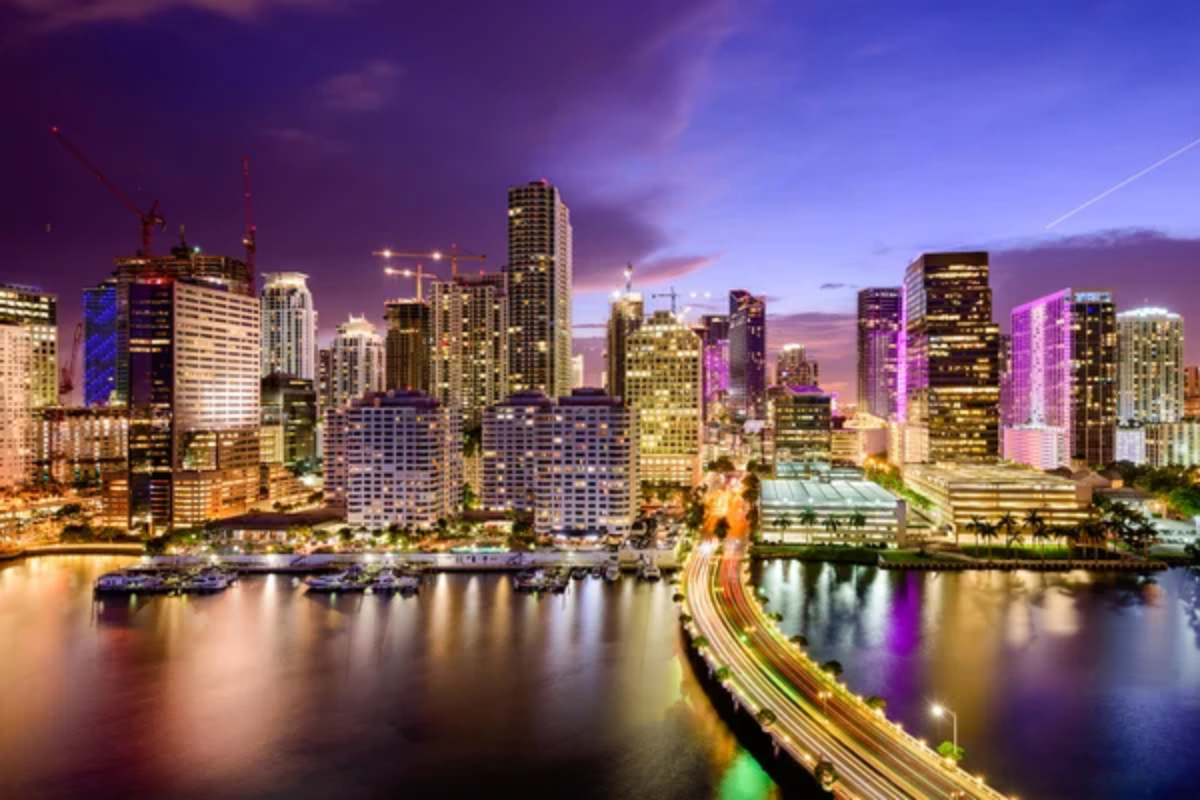
Beyond the colorful façades familiar from postcards, this specialized tour explores the functional and historical aspects of Miami Beach’s architectural gems. Guided by preservation advocates, the walk includes access to several hotel lobbies and typically closed rooftops while explaining how this tropical adaptation of an international style reflected both practical needs and cultural aspirations.
Participants learn to identify signature elements like eyebrows, porthole windows, and stepped façades while understanding how these buildings were specifically designed for the pre-air conditioning era. The tour addresses ongoing preservation challenges and restoration techniques required to maintain these historic structures in a changing climate.
Prague’s Cubist Curiosities
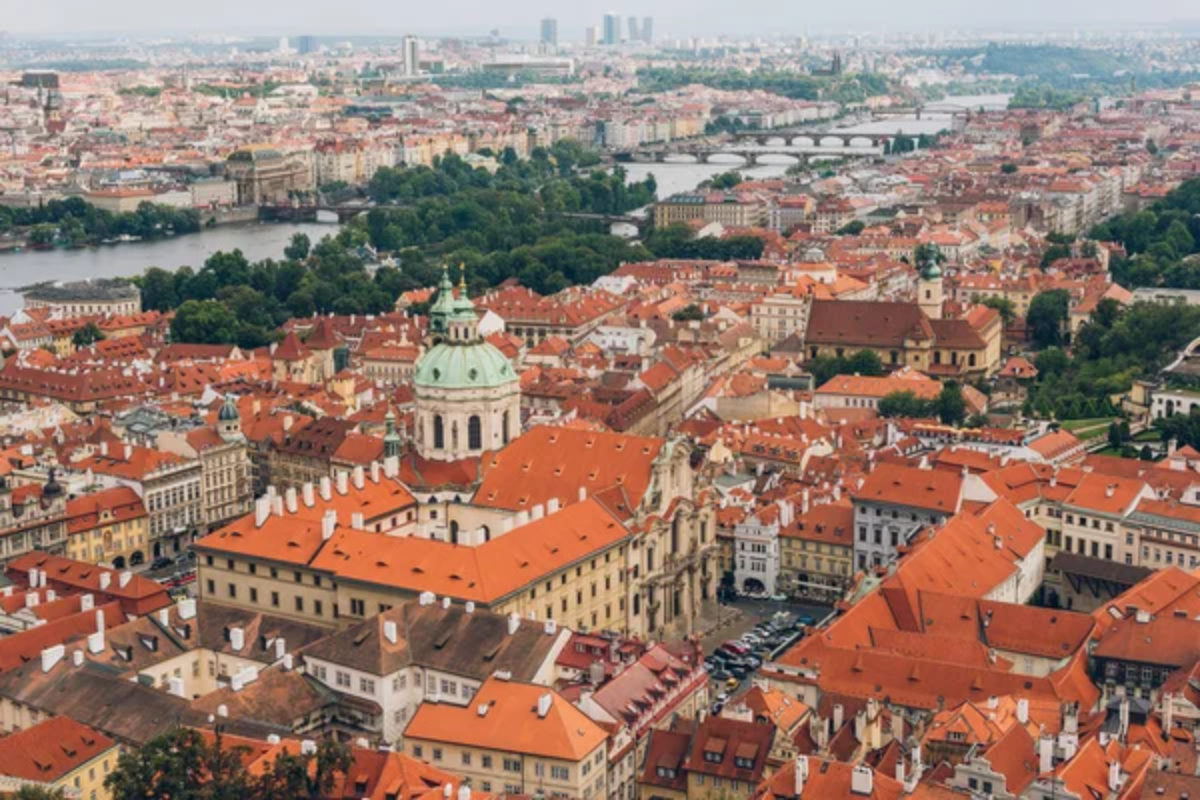
While cubism primarily influenced painting and sculpture elsewhere, only in Prague did it evolve into a full architectural movement. This specialized tour explores the world’s only collection of Cubist buildings, led by architectural historians who explain how Czech architects translated painting principles into three-dimensional forms.
Participants visit the famous House of the Black Madonna along with lesser-known apartment buildings and villas featuring the distinctive crystalline forms and dynamic façades that characterize this uniquely Czech interpretation. The guides provide political and cultural context for this short-lived but influential movement while pointing out how these experimental approaches influenced later architectural developments.
Like Travel Pug’s content? Follow us on MSN.
Amsterdam’s Canal House Construction

Led by restoration specialists, this tour explores the engineering marvels of Amsterdam’s iconic canal houses while explaining their standard layout and structural adaptations to marshy terrain. Participants gain access to several historic interiors ranging from merchant mansions to modest dwellings, learning how to decode the various gable styles and understand the practical purpose behind seemingly decorative elements.
The guides demonstrate the pulley systems still visible on façades and explain how narrow staircases reflect both tax policies and practical building constraints. This tour reveals how seemingly uniform buildings actually represent centuries of adaptation and renovation behind their historic façades.
Brasília’s Modernist Utopia
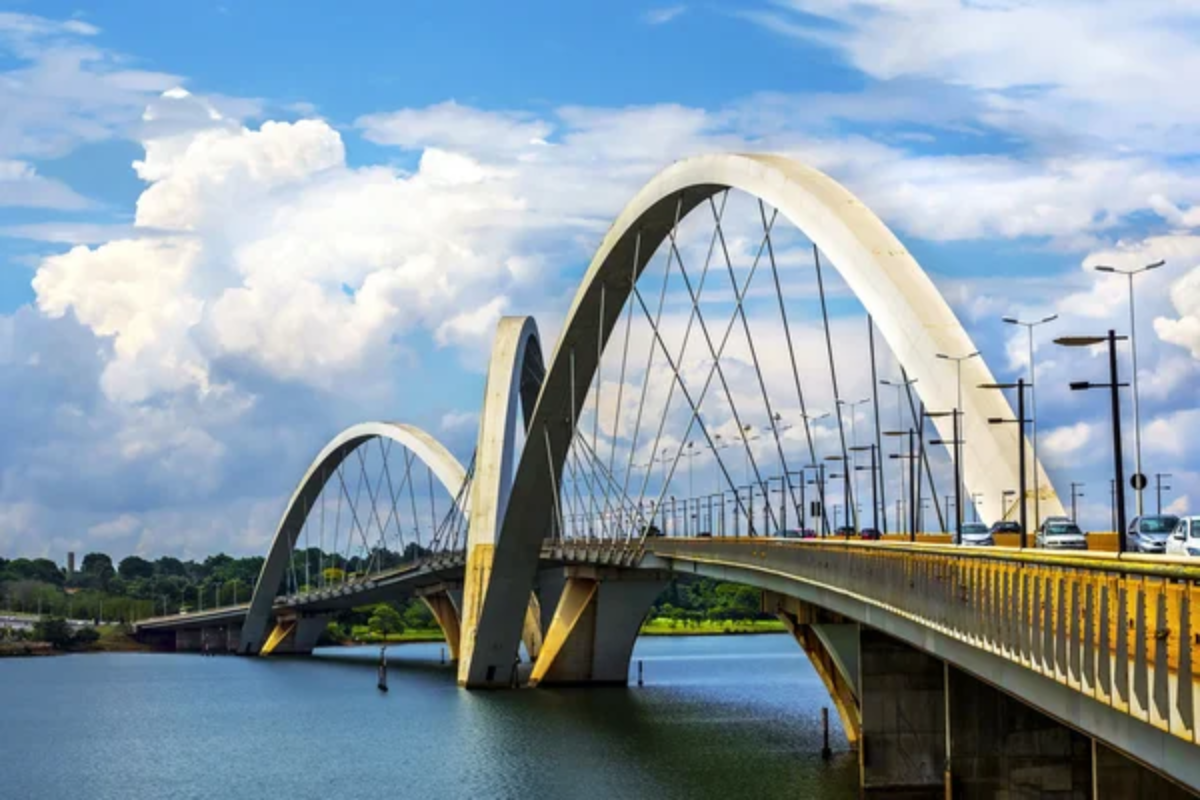
Planned and substantially built within just four years, Brazil’s capital offers the rare opportunity to explore a complete modernist vision rather than isolated buildings. Led by urban planners, this tour explores how Lúcio Costa and Oscar Niemeyer’s utopian ideal translated into practical urban space, viewing both the monumental government buildings and the residential developments designed to foster a particular social vision.
Participants learn how specific buildings were designed to reflect democratic ideals while understanding how residents have adapted to these spaces over time. The guides explain how Brazilian architects modified International Style principles to address tropical conditions while creating a distinctly national architectural language.
Tbilisi’s Architectural Palimpsest
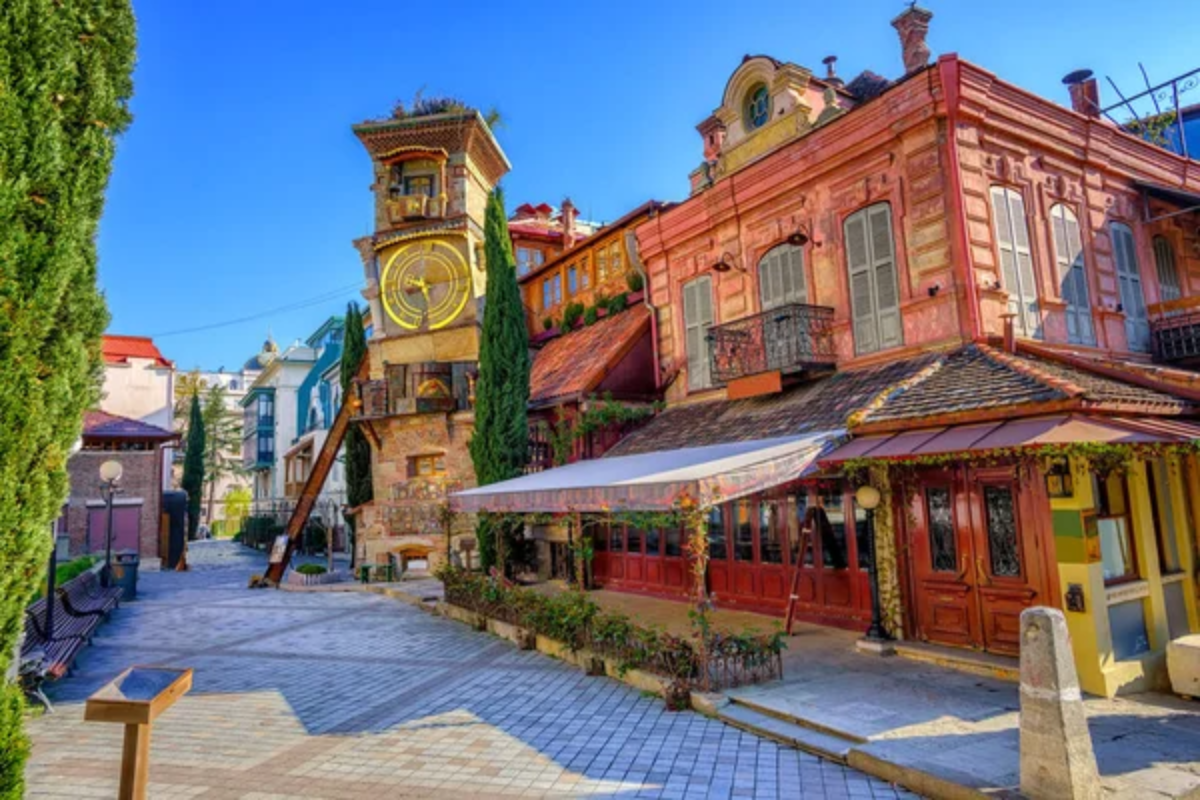
Georgia’s capital offers an architectural tapestry spanning 1,500 years of continually overlapping influences. This specialized tour led by local preservation architects explores how Persian, Byzantine, Russian, Soviet, and contemporary architectural languages coexist within a compact urban core.
Participants visit traditional Tbilisian houses with their distinctive wooden balconies alongside constructivist Soviet monuments and controversial contemporary additions. The guides explain how different ruling powers used architecture to express dominance while local building traditions maintained cultural continuity despite political upheaval. This tour emphasizes architecture as a living document of complex historical narratives rather than isolated stylistic expressions.
Like Travel Pug’s content? Follow us on MSN.
Melbourne’s Hidden Laneways
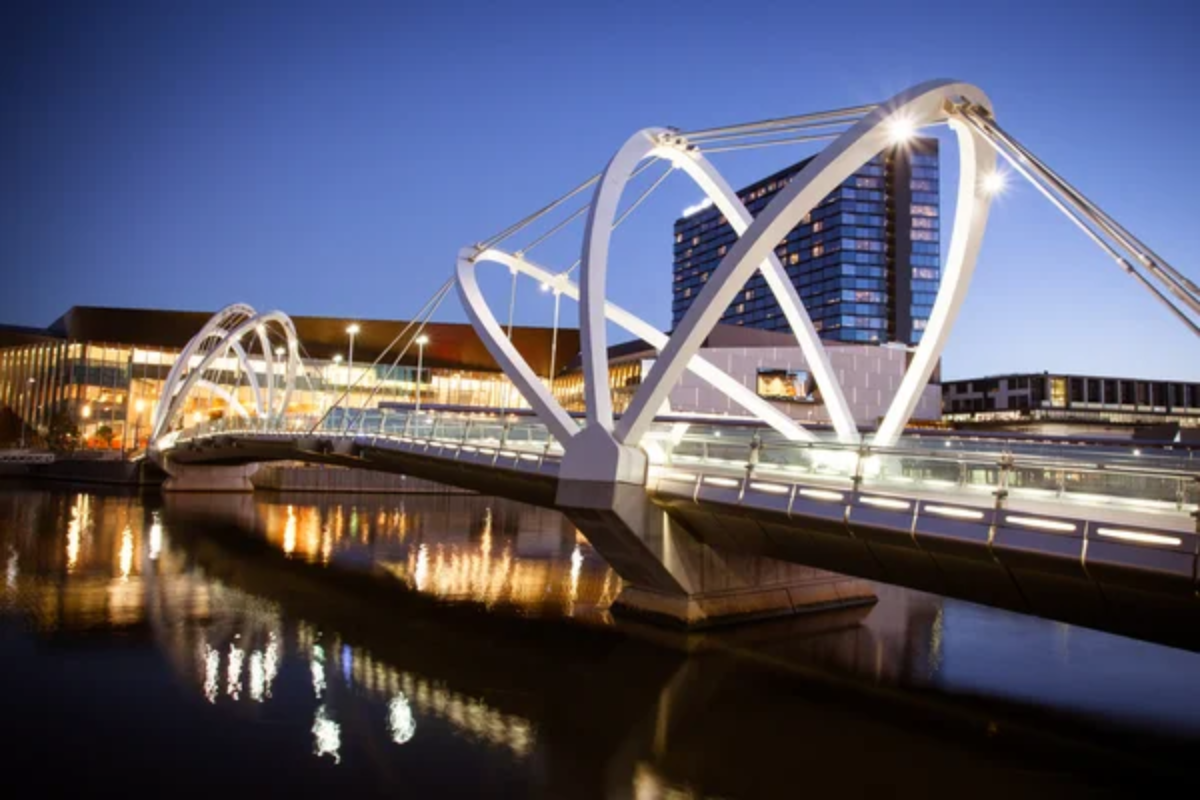
Behind the major boulevards, Melbourne’s intricate network of laneways hosts architectural treasures spanning from Victorian to contemporary times. This specialized tour explores how these narrow passages evolved from service alleys to vibrant urban spaces hosting innovative adaptive reuse projects.
Participants discover how building code modifications enabled the transformation of former industrial spaces into unique residential and commercial environments. The guides explain how preservation requirements for historic façades led to creative architectural solutions where contemporary insertions interact with heritage elements.
The tour highlights how small-scale interventions can dramatically transform urban experiences while respecting historical context.
Vienna’s Succession Movement Sites

Led by art historians specializing in the Vienna Succession, this tour explores how this artistic movement translated into architectural innovation beyond the famous Succession Building. Participants visit apartment buildings, commercial spaces, and public facilities designed by Otto Wagner, Josef Hoffmann, and their contemporaries while learning to identify their characteristic approach to ornament and space.
The guides explain how these architects rejected historical revivalism in favor of functional yet beautiful designs appropriate for modern life. This tour places buildings within their broader cultural context alongside developments in painting, furniture design, and graphic arts during this transformative period in European cultural history.
Mumbai’s Art Deco District

Though less known than Miami’s version, Mumbai contains the world’s second-largest collection of Art Deco buildings, representing a fascinating fusion of international style with distinctly Indian elements. This specialized tour explores the Marine Drive and Oval Maidan areas, where these structures stand as symbols of India’s pre-independence modernization.
Participants learn to identify tropical adaptations like verandas and climate-responsive features alongside decorative elements referencing Indian mythology and cultural symbols. The guides explain how these buildings represented aspirational modernity for a society approaching independence while serving practical needs in a monsoon climate.
Like Travel Pug’s content? Follow us on MSN.
Chandigarh’s Le Corbusier Legacy
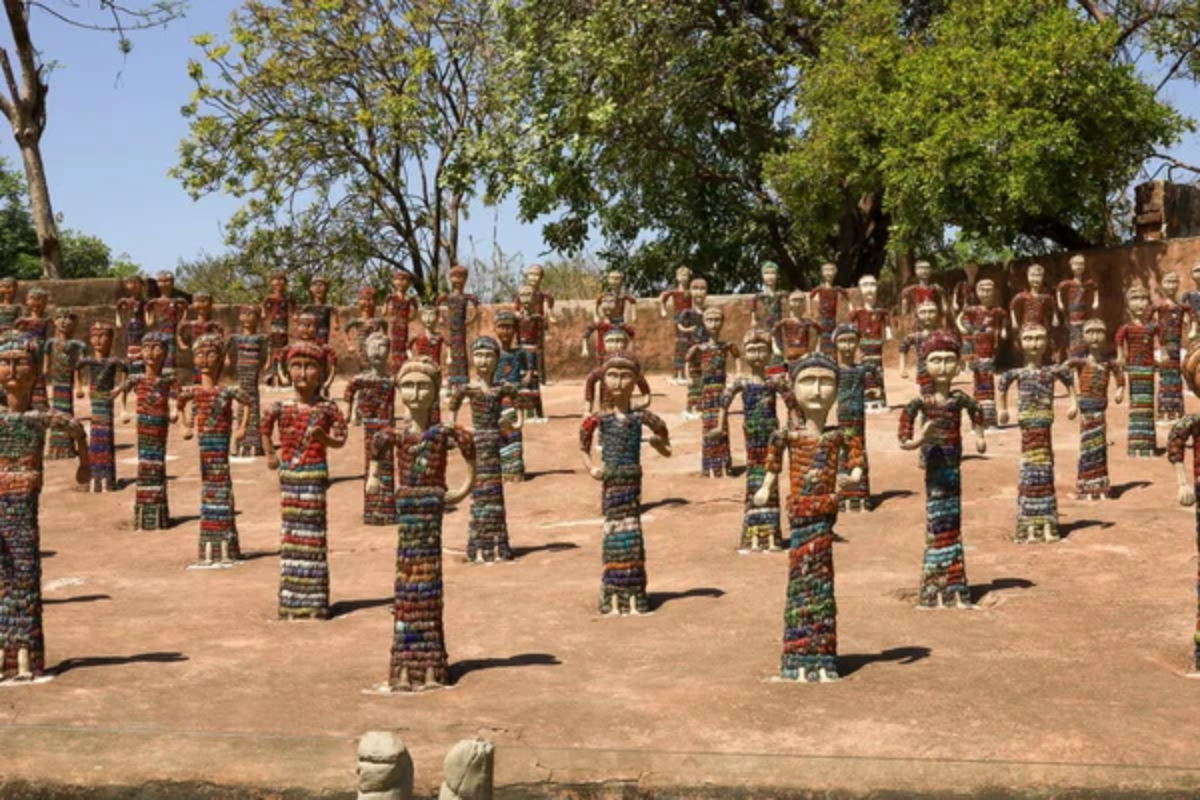
Planned by Le Corbusier after India’s partition, Chandigarh offers the rare opportunity to experience a complete urban vision by one of modernism’s most influential architects. This specialized tour explores how theoretical principles were adapted to Indian conditions across government buildings, housing developments, and public spaces. Participants visit the famous Capitol Complex while also examining lesser-known residential typologies and urban planning strategies.
The guides explain how Corbusier’s concrete monumentality was modified to address the harsh climate through brise-soleil sun shading and natural ventilation systems. This tour examines both the successful and problematic aspects of implementing Western modernist ideals in a distinctly non-Western context.
Detroit’s Adaptive Preservation
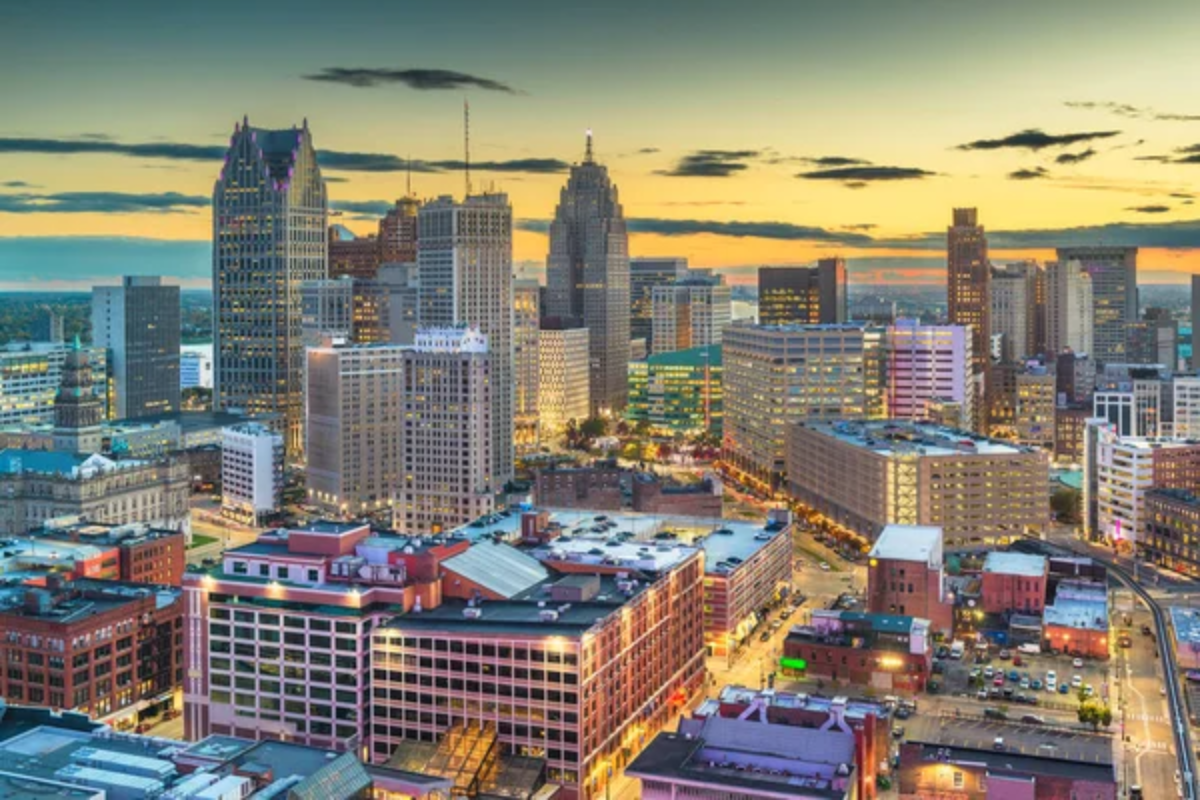
Led by urban renewal specialists, this tour explores how Detroit’s architectural treasures—from Art Deco skyscrapers to industrial complexes—are finding new life through innovative preservation approaches. Participants visit buildings in various stages of transformation, from abandoned shells to vibrant mixed-use developments, while learning about the technical and financial challenges of adaptive reuse.
The guides explain how preservation tax credits, community initiatives, and creative design solutions have enabled architectural heritage to serve contemporary needs. This forward-looking tour demonstrates architecture’s resilience and capacity for reinvention while honoring the craftsmanship and materials of earlier eras.
Seoul’s Layered Modernity

This specialized tour explores how rapid development created a city where traditional Hanok houses stand alongside Metabolist megastructures and parametric contemporary designs. Led by urban planners, participants trace Seoul’s transformation through strategic stops showcasing different eras of development, from ancient city gates to the digital screens of Dongdaemun Design Plaza.
The guides explain how preservation policies evolved from the wholesale demolition approach of the economic miracle years to today’s more nuanced integration of heritage elements. This tour reveals how architectural history becomes a non-linear experience in a city where centuries of development coexist within the same viewshed.
Like Travel Pug’s content? Follow us on MSN.
Liverpool’s UNESCO Maritime Mercantile City

This comprehensive exploration of the first complete townscape to receive UNESCO World Heritage status examines how shipping and trade influenced architectural development. Led by historic preservation specialists, participants visit imposing civic buildings, warehouses, commercial structures, and dock facilities that illustrate the city’s maritime prosperity.
The guides explain how building technologies evolved alongside changing commercial needs while pointing out the influence of international trade on architectural styles. This tour demonstrates how functional requirements generated aesthetic innovation while placing Liverpool’s architectural heritage within its broader economic and social contexts.
Architectural Heritage in Modern Context

These specialized walking tours offer far more than tourist highlights—they provide frameworks for understanding how architecture both shapes and reflects cultural values across time and geography. By focusing on architecture specifically, these experiences reveal the stories embedded in building materials, spatial arrangements, and urban relationships that might otherwise remain invisible.
For those who understand that buildings are both functional objects and cultural expressions, these cities offer unparalleled opportunities to deepen architectural appreciation through expertly guided exploration.
More from Travel Pug

- 20 Towns Built for One Purpose That Were Later Abandoned
- 15 Hidden Spots in Disney World’s Magic Kingdom Most Visitors Miss
- 20 Once-Popular Beach Towns That Are Now Ghostly Empty
- 15 Canyons in the U.S. That Are Just as Stunning as the Grand Canyon
- 10 Under-the-Radar Mountain Towns That Are Both Affordable and Beautiful
Like Travel Pug’s content? Follow us on MSN.
